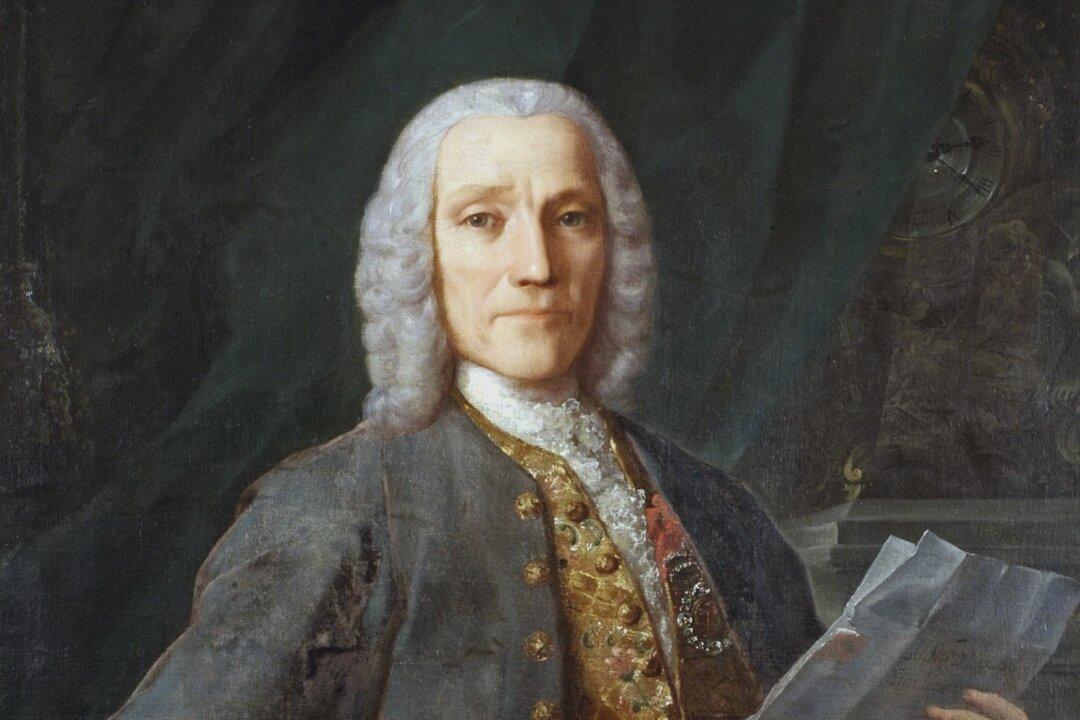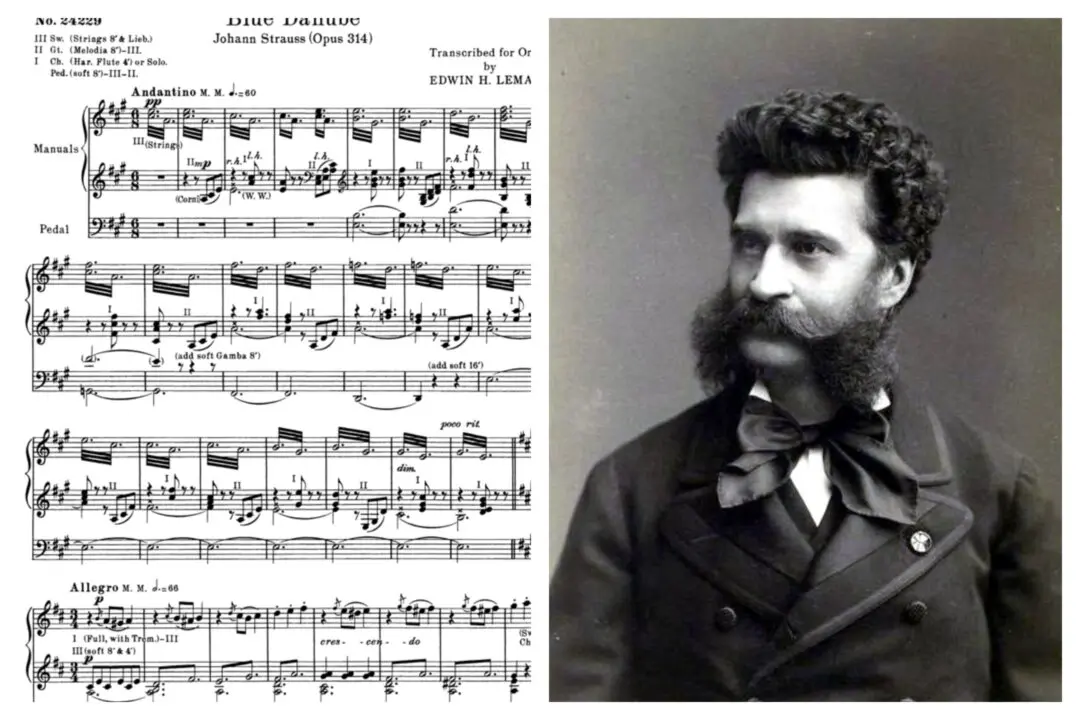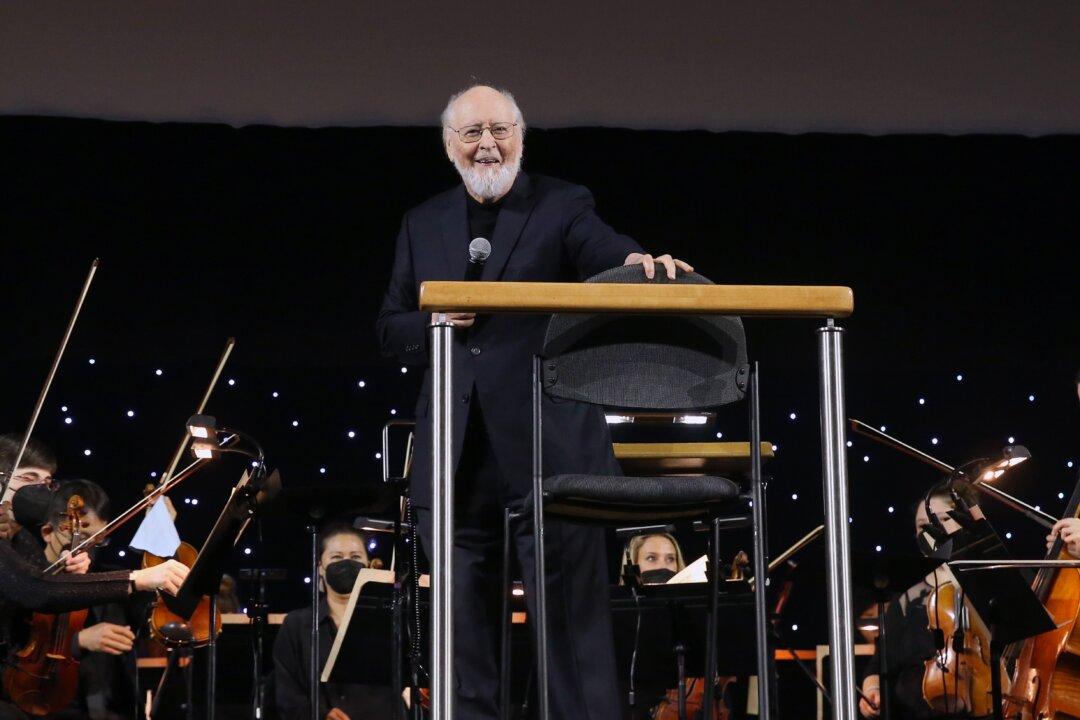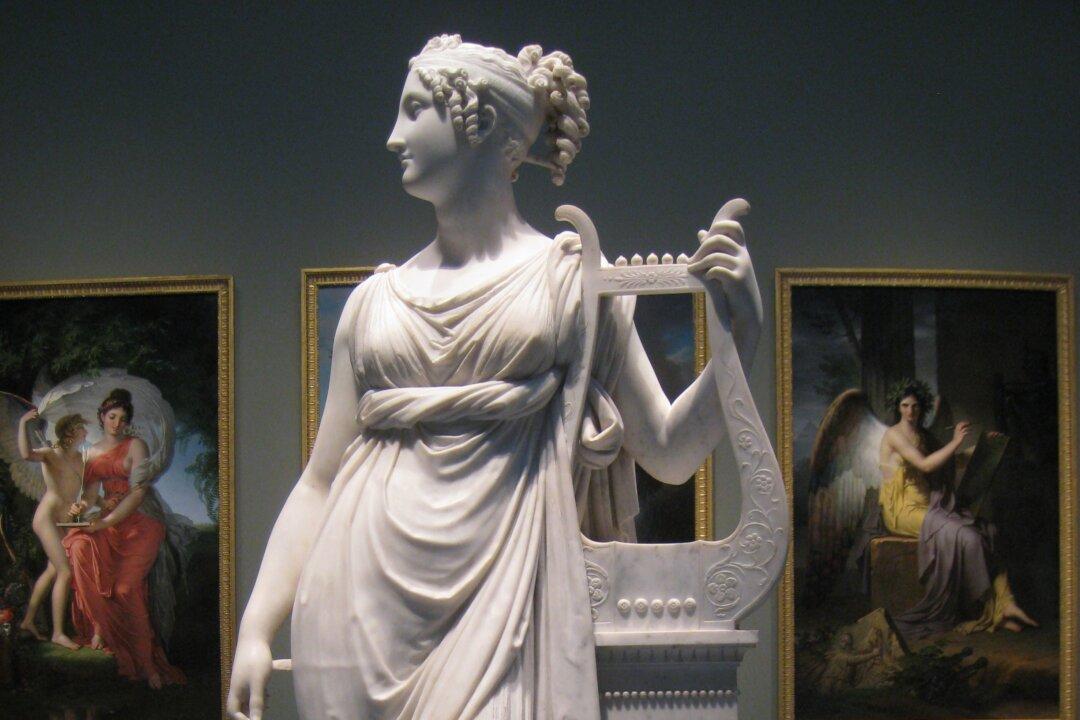The year 1685 was an auspicious time for the arts. That year, three men were born who would forever change Western music through their technical mastery and innovations.
Two of these men, Johann Sebastian Bach (1685–1750) and George Frideric Handel (1685–1759), are household names. The third, Domenico Scarlatti, has also earned a high place in the annals of musical history.





